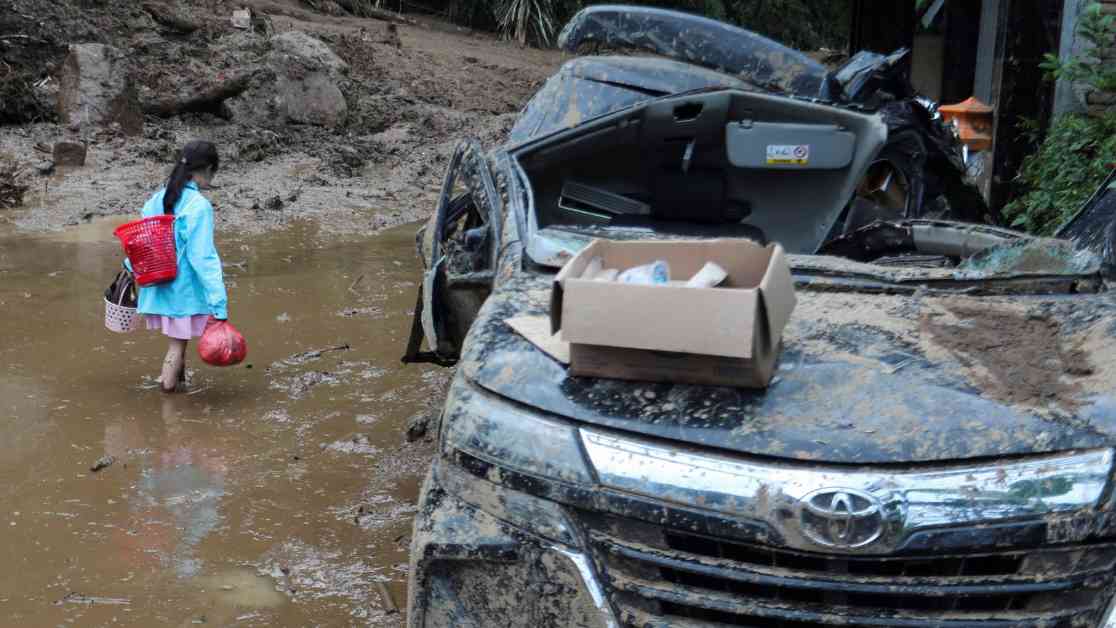At least 27 people have lost their lives due to the flash floods and landslides that struck the northern part of Indonesia’s Sumatra island. The devastating impact of torrential rain began in North Sumatra province last week, resulting in flash floods and landslides in four districts. The severe weather conditions are expected to persist until the end of the year.
As of Thursday morning, the death toll has risen to 27. Hadi Wahyudi, a spokesperson for the North Sumatra police, reported that seven individuals lost their lives and 20 were injured in a landslide in Deli Serdang on Wednesday. Additionally, 20 fatalities were discovered in other locations during a search operation that commenced over the weekend.
Rescue operations are currently underway, with authorities actively searching for missing persons, including individuals trapped in a minibus and other vehicles that were impacted by a mudslide on a steep interprovince road. Mr. Wahyudi emphasized the focus on finding missing individuals and clearing the affected roads, with the deployment of excavators to aid in the process.
In the provincial capital of Medan, heavy rainfall led to flooding, resulting in a postponement of votes for a regional election at some polling stations. The inclement weather conditions are attributed to the La Nina phenomenon, which is expected to heighten rainfall across the tropical archipelago as the year comes to a close.
Indonesia’s weather agency has issued warnings regarding the anticipated extreme conditions towards the end of 2024. The country, consisting of over 17,000 islands with a large population residing in mountainous regions or near floodplains, regularly experiences flooding and landslides during the rainy season from October to March.
Earlier this year in March, Sumatra was struck by a similar disaster, with at least 19 people losing their lives due to landslides caused by heavy rainfall. The recurrence of such tragic events underscores the vulnerability of the region to natural disasters and emphasizes the importance of preparedness and effective response measures in mitigating the impact on human lives and infrastructure.










